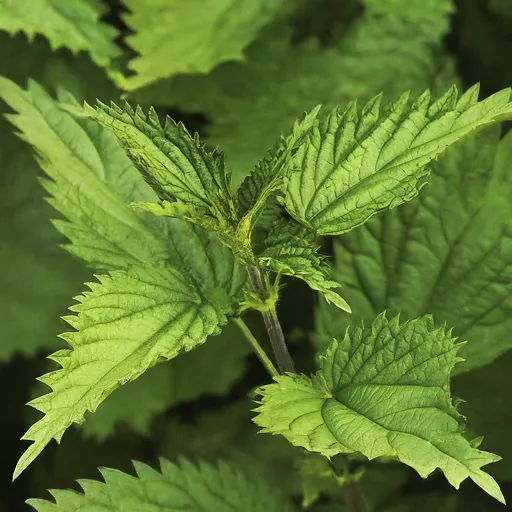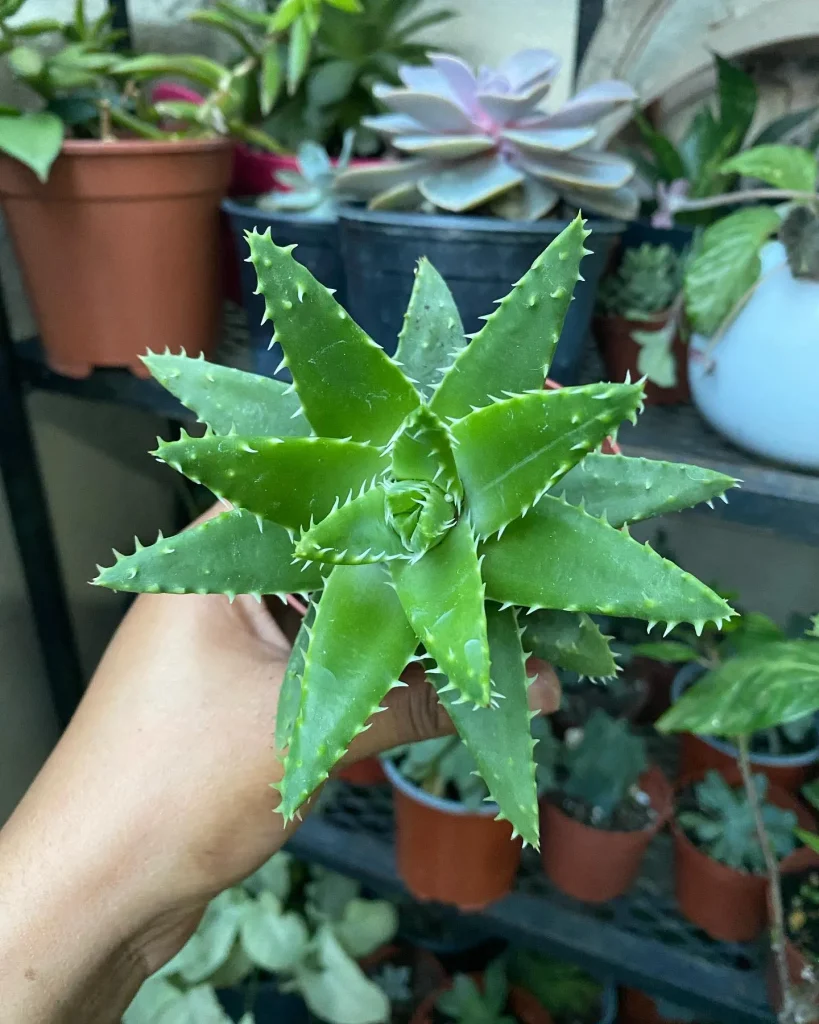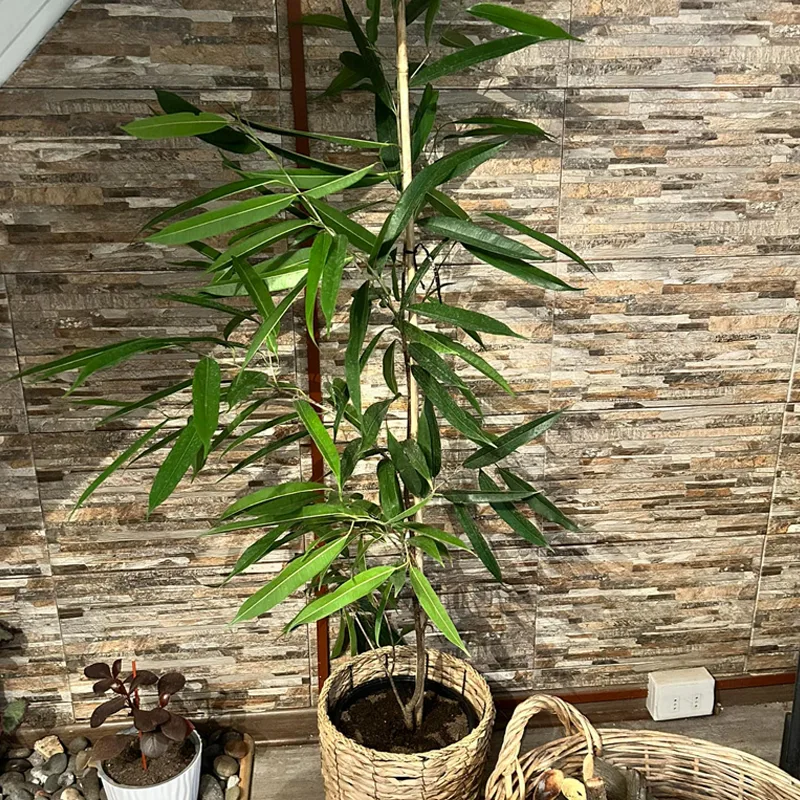The Allure of the Pitcher Plant: A Look at Nepenthes edwardsiana
For any carnivorous plant enthusiast, the Nepenthes genus holds a captivating allure. These pitcher plants, known for their unique traps that resemble pitchers, have captured the imagination of botanists and hobbyists alike. Among this fascinating group, the Nepenthes edwardsiana stands out as a particularly captivating species, offering a beguiling combination of beauty and predatory prowess.
Plant Family: Nepenthaceae – 207 Species in Genus Nepenthes
How to Pronounce Nepenthes edwardsiana?
Before delving into the world of Nepenthes edwardsiana, let’s address the pronunciation. The name itself can be a bit of a mouthful. Here’s a breakdown:
- Nepenthes: Pronounced “ne-PEN-thees.”
- edwardsiana: Pronounced “ed-WAR-di-ah-nah.”
A Look at Nepenthes edwardsiana’s Enchanting Form
Nepenthes edwardsiana boasts a visually striking form. Its slender climbing stems can reach impressive lengths, gracefully weaving through its environment. The leaves, typically elongated and lance-shaped, showcase a vibrant green coloration, often adorned with reddish veins that add a touch of drama. But the true stars of the show are the pitchers.
These pitchers, the defining characteristic of Nepenthes, take center stage. In Nepenthes edwardsiana, the pitchers are known for their elongated, cylindrical shape. They often sport a vibrant red or orange color, particularly in the upper part, that transitions to a deeper green towards the base. This color combination creates a mesmerizing contrast, attracting both pollinators and unsuspecting prey.
How Nepenthes edwardsiana Traps its Prey?
The beauty of Nepenthes edwardsiana serves a cunning purpose. The vibrant colors and sweet-smelling nectar produced by the pitcher’s rim act as a siren song for insects. Drawn in by the visual and olfactory allure, these unsuspecting creatures find themselves on a slippery slope, literally.
The rim of the pitcher, which can be quite smooth, offers treacherous footing. Insects, lured by the promise of a sweet reward, lose their footing and tumble into the depths of the pitcher. Here, a slippery fluid produced by the plant awaits them. This fluid, often containing digestive enzymes, acts as a death sentence for the unfortunate prey. The Nepenthes edwardsiana then absorbs the broken-down nutrients from its captured prey, supplementing its diet in a fascinating display of botanical ingenuity.
How to care for Nepenthes edwardsiana?
Nepenthes edwardsiana, while undeniably captivating, is not for the faint of heart when it comes to cultivation. These plants are considered highland Nepenthes, meaning they thrive in cool, high-humidity environments. Replicating these conditions indoors can be a challenge, requiring careful control of temperature, humidity, and light.
Here are some key considerations for cultivating Nepenthes edwardsiana:
- Temperature: Aim for daytime temperatures between 68-80°F (20-27°C) and nighttime temperatures dropping to 55-65°F (13-18°C).
- Humidity: High humidity is crucial. Consider terrariums or misting techniques to maintain a consistent level above 70%.
- Light: Nepenthes edwardsiana prefers bright, indirect sunlight. Avoid harsh, direct sunlight that can scorch the leaves.
- Watering: Use only distilled or rainwater to avoid mineral buildup. Water deeply when the potting media approaches dryness.
Beyond the Basics: Providing Nepenthes edwardsiana with the Perfect Home
While the above provides a basic framework, creating an ideal environment for Nepenthes edwardsiana requires attention to detail. Consider these additional factors:
- Potting media: Use a well-draining, airy mix specifically designed for carnivorous plants. Sphagnum moss is a popular option.
- Feeding: While the plant obtains some nutrients from its prey, occasional feeding with commercially available carnivorous plant food can be beneficial.
- Airflow: Good air circulation is essential to prevent fungal diseases.
A Rewarding Challenge: The Allure of Nepenthes edwardsiana
Cultivating Nepenthes edwardsiana is not for everyone. It requires dedication, a keen eye for detail, and the ability to provide the specific conditions these captivating plants thrive in. However, for the committed grower, the rewards are substantial. Watching these beautiful, yet cunning, plants flourish, their pitchers glistening with a captivating mix of colors, is a truly rewarding experience.
Nepenthes edwardsiana serves as a testament to the wonders of the plant kingdom. Combining stunning aesthetics with a fascinating predatory strategy, it offers a glimpse into the intricate dance between plants and their environment. So, for those looking for a challenge and a truly unique addition to their collection, Nepenthes edwardsiana might just be the perfect conversation starter. Beyond its captivating looks and intriguing predatory nature, Nepenthes edwardsiana offers a unique challenge for plant enthusiasts. Successfully cultivating this highland Nepenthes requires a deep understanding of its specific needs and the ability to create a microclimate that mimics its natural habitat. The process itself becomes a rewarding journey, pushing you to refine your growing skills and delve deeper into the fascinating world of carnivorous plants. Witnessing your Nepenthes edwardsiana thrive, its pitchers a testament to your dedication, is a truly unparalleled accomplishment. So, if you’re looking to expand your botanical horizons and embrace a challenge, Nepenthes edwardsiana might just be the captivating carnivorous companion you’ve been searching for.
If i die, water my plants!



